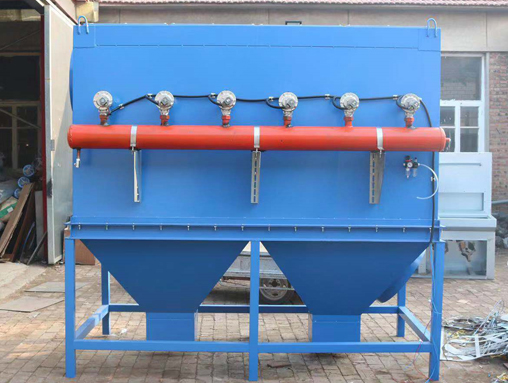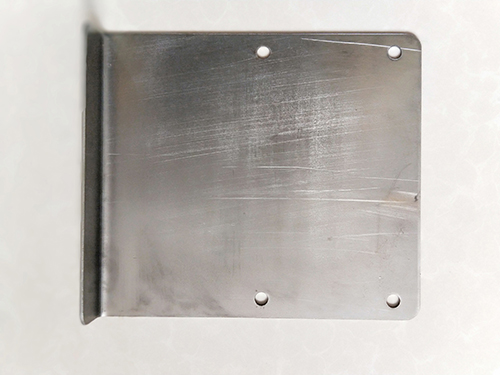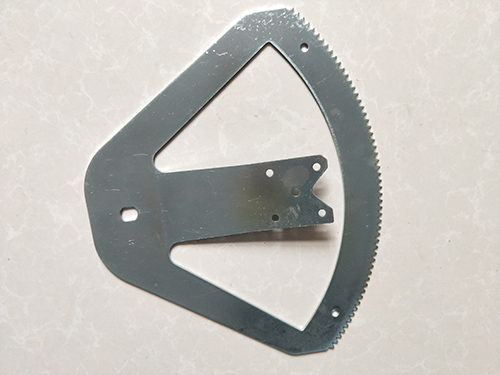Existing problems and material utilization improvement solutions for stamping pa
(1) The existing problems of automotive stamping parts include difficulty in meeting production quality standards, low on-site debugging efficiency, and the need for optimization in gap adjustment. This article analyzes the existing problems in the debugging of automotive stamping parts. 1. The difficulty in meeting production quality standards hinders the improvement of overall vehicle quality. As is well known, there are strict requirements for the strength, stiffness, and performance of stamped parts in the production of automobiles. In the actual production process, stamping parts; Often, significant bending rebound and local thinning and cracking occur, seriously affecting the quality of the entire vehicle. Secondly, if manufacturers blindly handle the problems that arise during the debugging process, it will inevitably increase investment, resulting in an increase in the cycle and cost of stamping parts and mold manufacturing. Therefore, optimizing the stamping process and debugging are the key to solving the above problems in order to ultimately achieve good production quality goals. 2. The impact of low on-site debugging efficiency is global. Generally speaking, the low efficiency of on-site debugging is mainly due to the fact that during the debugging process of the stretching die, the staff did not solve the contradiction between cracking and wrinkling, resulting in problems during the debugging process. Secondly, during the stretching debugging process, the staff need to analyze whether the workpiece is in a good stress state, and based on this, they should correctly use plastic deformation theory according to the specific state of the workpiece. However, because many workers cannot meet this job requirement, the staff should analyze the specific problem and find a solution to achieve a good mold debugging effect. 3. The gap adjustment needs to be optimized. The existing problems in the debugging of automotive stamping parts are still reflected in the need to optimize the gap adjustment. Generally speaking, the gap adjustment that needs to be optimized mainly refers to the inability to control the gap to a uniform state during the secondary debugging process. Therefore, under this premise, the staff can only do a good job of gap fitting and make corrections according to the stress state, otherwise the mold debugging work cannot be done well. And in this process, due to the tolerance range of the dimensions of the stamped parts, designers should carry out gap design correction work. If the staff can solve the problem of gaps and ensure the smooth progress of the sheet metal stretching process, the problem of wrinkling in the parts will be controlled. (2) Solution 1 for improving the utilization rate of stamping materials: Product styling optimization. In automotive body stamping parts, side panel stamping parts are metal stamping parts with large spatial geometric dimensions and complex shapes;, It is very difficult to improve the material utilization rate, and the block position of the side panel and back door in the structural design has a significant impact on the overall material utilization rate. Due to the large forming of the side panel, the consumption of materials for the inner and outer panels of the side panel and back door increases. After optimizing the product design separately, the material utilization rate increased from 43.5% to 43.8%. 2. The stamping part of the rear door inner panel after product optimization is relatively deep, reaching 170mm, which makes forming difficult, and at the same time, the material consumption utilization rate is low. To this end, deep drawing is carried out in the door lock area of the rear door inner panel to reduce it by 40mm, and the sheet metal spacing can be reduced by 30mm. After product optimization, its material utilization rate increased from 62.5% to 63.2%. 3. The original forming process for optimizing the stamping forming process of the left and right longitudinal beams was deep drawing, which required a billet size of 1348mm * 365mm. Based on its process and forming technology conditions, the process was optimized from deep drawing to mold forming, resulting in an optimized billet size of 1308mm * 284mm. After process optimization, the material utilization rate increased from 69.8% to 92.4%. 4. Process supplementation optimization is an important component of the stamping die surface, and its shape affects material utilization. Usually, under the premise of product formability, the corner deep drawing of the product should be almost flush with the pressing surface to minimize deep drawing. The general process requires at least 8mm high process supplementation, and the optimized process requires 3mm high process supplementation. With fewer dimensions in the width direction, the material utilization rate of this part has increased from 67.9% to 68.2%.







